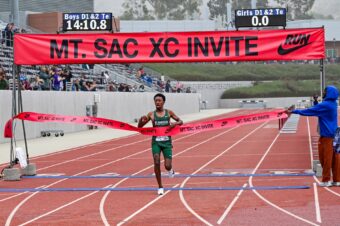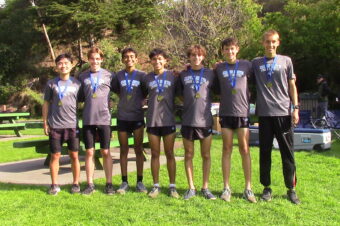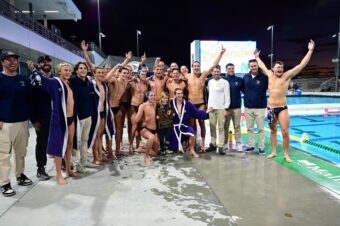Concussions 101
CalHiSports Insights October 21, 2013 Mo Mortazavi 0
Sports concussions have received significant attention over the last decade due to advances in research and education. Improved understanding of this neurologic phenomenon has led to more accurate identification of previously missed cases. An astounding 2 to 3.5 million sports concussions are estimated to occur every year. The incidents continue to rise annually, despite efforts to make sports safer.
Sports with the greatest risk for concussions are hockey, football, wrestling, soccer, basketball and lacrosse. And it’s not only boys who get injured. Although boys have a higher total number of concussions, a higher proportion of girls get concussions in sports.
SIGNS AND SYMPTOMS
A concussion is defined as an “immediate and transient post-traumatic impairment of neural function” by the Zurich Consensus, a document developed primarily for use by physicians involved in the care of injured athletes. Concussions can manifest with a variety of symptoms and no two concussions are the same. A concussion is not a structural brain abnormality, thus advanced imaging with CT or MRI usually is not used. Associated injuries, such as bleeding, brain swelling or skull fractures, are not part of the definition of a concussion and, therefore, require advanced imaging.
The most updated Zurich Consensus guidelines state that with an injury to the head or neck, one or more of the following symptoms should be suspected as a concussion until evaluated by a physician: physical (headache, dizziness, nausea, loss of consciousness), balance, cognitive (thinking, processing, memory), mood and sleep symptoms. Thus, loss of consciousness is not required and, in fact, is observed in less than 25 percent of concussions. Any athlete with a suspected concussion should be removed from the game without same-day return until evaluated by a physician. Red flags, such as seizures, prolonged loss of consciousness or confusion, severe persistent headaches, focal neurologic abnormalities or deterioration of symptoms, need immediate medical attention.
TREATMENT OPTIONS
The staples of concussion management are cognitive rest and rest from all physical activity until cleared by a physician. A school accommodation plan is often necessary to help athletes get back to full academic workloads, which may take one to two weeks. Headaches should be managed with Tylenol alone and one should seek evaluation if headaches are severe. Sleep, nutrition and hydration are key factors to concussion recovery and should not be underestimated.
The graded return to play protocol (per Zurich Consensus guidelines) is a stepwise, five-day, gradual return to sport that is to be instituted only when the player is symptom- free for 24 hours. Most young developing brains will recover from concussion within 10 to 14 days. However, every case is unique and it is difficult to predict prognosis based on initial symptoms. If symptoms persist beyond four to six weeks despite appropriate management, consult a concussion specialist for further testing and therapies.
Athletes are beginning to ask questions about the short- and long-term impacts of playing with a concussion or returning to play too early. Concussed athletes, who are not removed from competition, risk prolonging their recovery time or can suffer post-concussive syndrome or, in worst-case scenarios, second-impact syndrome.
Second-impact syndrome is a rare phenomenon only seen in young athletes with developing brains, leading to catastrophic neurologic outcomes. It is believed that poor auto-regulation in the brain’s blood vessels after a concussion can trigger brain swelling if subjected to a second impact, which can cause severe permanent neurologic damage or death.
Most concussions have no long-term consequences once resolved. However, a single concussion does increase the risk of future concussion by six to eight times. Although researchers are still studying “how many is too many,” athletes have reported suffering from long-term consequences such as chronic traumatic encephalopathy (CTE) when many concussions were sustained. Athletes with a history of multiple concussions, concussions with prolonged symptoms, concussions with associated injuries, or a developed low threshold for recurrent concussions, should discuss the risks of continuing contact sports with a concussion specialist.
Dr. Mo Mortazavi is pediatric sports medicine physician for the UC Davis Children’s Hospital.
Mo Mortazavi
Dr. Mortazavi received his medical degree from the University of California, Davis, where he also completed his pediatrics residency. He then earned a fellowship in pediatric sports medicine at Children’s Colorado in Denver. While there, he focused on musculoskeletal injuries, concussion care and pediatric fractures. Since then, Dr. Mortazavi has expanded his practice to include exercise prescriptions for athletes with chronic illness, sports nutrition and injury-prevention programs.









No comments so far.
Be first to leave comment below.